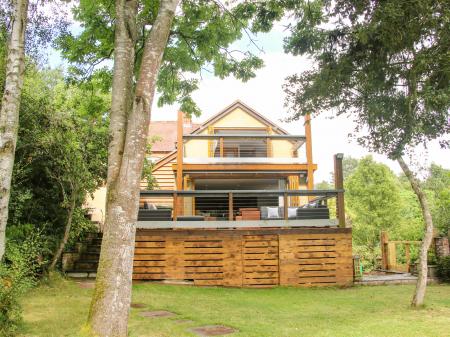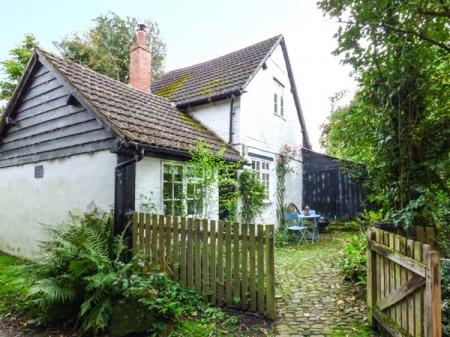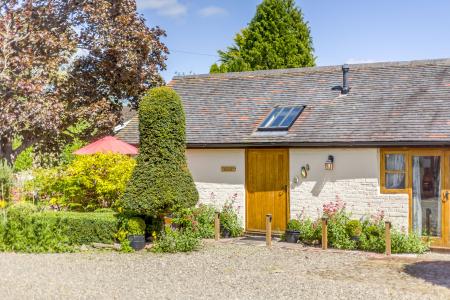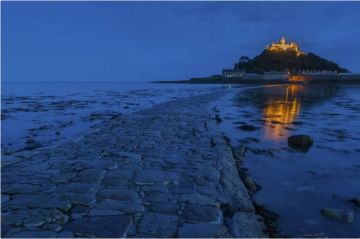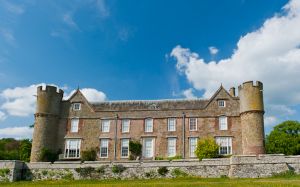
History
The Croft family may have occupied this site before the Norman Conquest of 1066. The family was forced to sell the castle in 1746 to Richard Knight, a successful ironmaster of Coalbrookdale. In the 1760s Richard Knight's son-in-law Thomas Johnes, decided to transform the 17th-century house in the fashionable Strawberry Hill Gothick style. The result is a stunning mix of faux Gothick and original Jacobean, around a medieval core.
Perhaps the highlight is the Gothick Staircase, a candyfloss creation, all curves and cream-coloured panels.
The interior features Jacobean panelling and some 16th-century doors and timber roof beams, with portraits of generations of Crofts, one by Gainsborough.
There was an extensive remodelling of the castle during the 18th century, and the north-west range was largely rebuilt at that time. The castle stands two storeys high and is constructed of stone and bricks mixed, with corner turrets looking down on an inner courtyard.
In 1923 the Croft family repurchased the property, and Crofts continue to live here today, though the house is now owned by the National Trust.
The castle is set in pleasant parkland, featuring over 300 'veteran' trees and an avenue of Spanish chestnut trees. (A veteran tree is defined by English Nature as ‘a tree which, because of its great age, size or condition is of exceptional value culturally, in the landscape or for wildlife’).
There is a vineyard and walled gardens beside the house. Immediately beside the house is the 14th-century church of St Michael and All Angels, with fabulous Croft family tombs. Trails lead up to an Iron Age hillfort atop Croft Ambrey, from where you can get superb views over the Welsh Marches. If the day is clear it is said that you can see 14 counties from the top. I can highly recommend this walk; the remains of the hillfort are striking, and the views are wonderful.





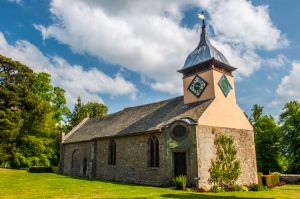
 We've 'tagged' this attraction information to help you find related historic attractions and learn more about major time periods mentioned.
We've 'tagged' this attraction information to help you find related historic attractions and learn more about major time periods mentioned.